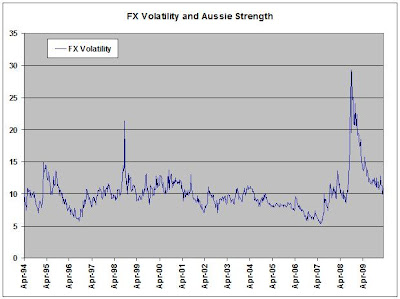The argument’s over. China’s in a bubble. Period, end of story.
Yes, there have been a few high-profile arguments about China being either in a bubble, or, if you’re a CNBC talking head, ‘overheated.’ A few arguments have been made, and, naturally, counterarguments that everything in China is fine.
But my argument’s different. It doesn’t rely on the past returns of the stock market, which many argue with China. That’s rear-view mirror investing, and it only shows the road behind, not ahead.
My argument isn’t about China’s aggressive lending polices per se, but it does tie into that. After all, credit, or the lack thereof, can vastly change a company’s fortunes.
What my argument does tie into is where those loans were made. And I’m convinced that they were made to a slew of companies that don’t have the ability to repay.
I recently ran a screen of the 1,000 companies with the lowest Altman Z-Score, but with a twist: I decided to look at the global picture rather than focusing on U.S. companies (and U.S.-listed ADRs).
And, yes, while the U.S. still has plenty of companies ripe for shorting when the technical trigger hits, by far Chinese stocks dominated my list. The first page lists the worst 31 companies globally (by Altman Z-Score). 14 companies, or 45% of the total, were Chinese stocks traded either in China or listed in Hong Kong.
In fact, the worst company on my screen, Guangdong Sunrise-B (Shenzhen: 200030.SZ), has an AZS of 242.4. That’d be like buying Lehman at their peak price. Amazingly enough, this company still trades more than double off its 52-week low, and sports a market cap of $2.5 billion!
Of course, I can’t recommend shorting in China directly. First, it’s difficult as a foreigner to even purchase these shares for the long haul, let alone find a local willing to loan you shares to sell short. And, sorry, most of their stocks don’t have options on them yet (the ADRs are available on American exchanges and so are another matter).
Nevertheless, the startlingly high concentration of Chinese stocks on my global screen tells me that there are some real problems brewing in China. Despite supposedly good news about state-mandated growth, in many areas that growth is coming at the expense of a growing problem.
Pushing on a String… Central Bankers Never Learn
In addition to the startling data I uncovered pointing to an equities bubble forming in China, I was surprised to see a fair number of Japanese companies as well. After all, the Nikkei is down nearly 70% since peaking at the beginning of its first "lost decade." Followed by another "lost decade." And now starting on a third "lost decade"…
Circling the Drain: Japan’s Nikkei Index on a Long, Grinding Haul to the Bottom
You’d think by now the Japanese would have managed to gradually write down their toxic assets from overvalued real estate… but apparently they haven’t, and many a company faces the same problem as Chinese stocks right now: insufficient cash flow to fully repay debts. But decades of ignoring the reality of the situation have taken hold.
Japan’s attempt to circumvent the painful reality of a burst bubble entailed two critical components: ignoring losses, and keeping interest rates ultra-low for an extended period of time to ‘stimulate’ the economy. Ideally, economic growth would allow for assets listed on the books to overcome their paper losses and reach their peak value again.
But it hasn’t happened yet. And it won’t in 2010, just as it didn’t happen in 2000, or 1990.
…and that brings us to the Federal Reserve, which is foolishly pursuing the same policies.
I Think We’re Turning Japanese, I Really Think So
Earlier this month, the Fed renewed its commitment to ultra-low rates, at least through the end of the year, sparking a modest rally in stocks.
These low rates should spur lending. But consumers are working to cut debt. And banks prefer using their cash to shore up their excess reserves.
This means that even though the Fed is pursuing an expansionary monetary policy, it’s not working. It’s called ‘pushing on a string.’ For every dollar created, it should circulate in the economy several times. The more it circulates, the higher its ‘velocity’ is.
But according to the latest data, every extra dollar created is only turning into $0.79.
In other words, the Fed has to pump more dollars than it would otherwise. And it’s already got its hands full with asset purchases, figuring out what to do with all the toxic mortgages it’s bought, and how to prop up asset prices. A multiplier below 1.0 is a signal that the system of fractional reserve banking is broken. That certainly fits in with other data we’ve looked at.
It can’t end well. And the only consolation that we’re not going to go completely the way of Japan is the dollar’s status as the world reserve currency… but even that won’t be enough, given the rumblings from other countries about ditching the dollar.
But banks have rallied off the Fed’s announcement, as it means they’re in the clear for the rest of the year buying Treasuries and keeping the spread on their zero interest rates.
That rally has given us another short-selling opportunity at the right price.
Sincerely,
Andrew Packer




















